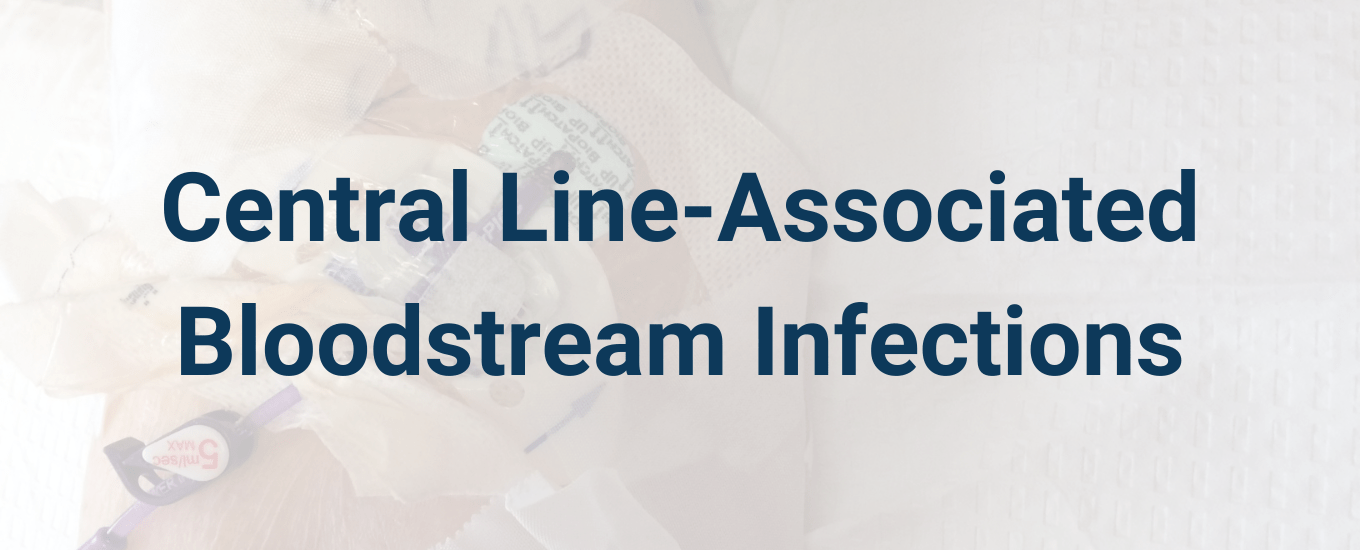Central line-associated bloodstream infections (CLABSIs) result in thousands of deaths each year and billions of dollars in added costs to the U.S. healthcare system. The National Healthcare Safety Network (NHSN) defines an incidence of CLABSI as:
“A laboratory confirmed bloodstream infection (LCBI) where an eligible bloodstream infection organism is identified and an eligible central line is present on the LCBI day of event or the day before.”¹
Hospitals have a tremendous focus on reducing or preventing CLABSIs. Care and maintenance of vascular access device sites is a vital component in this prevention strategy.




